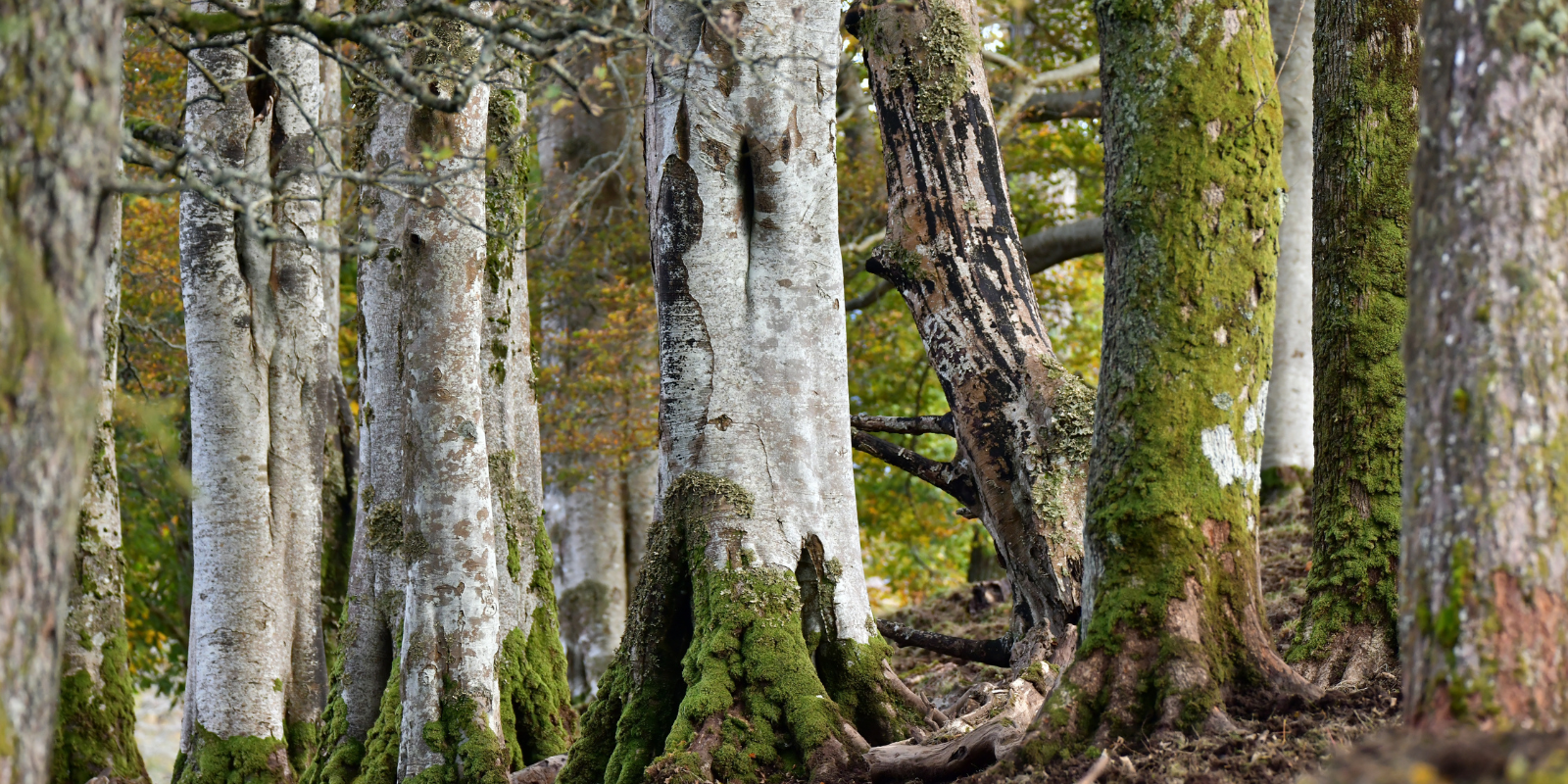It’s World Rainforest Day! On 22 June, people come together all over the world to celebrate rainforests and their guardians. World Rainforest Day is a global campaign to pledge rainforest and biodiversity protection, and 2024 is the year of action. Protecting rainforests is critical to ensuring a climate-stable future. Rainforests are vital to global climate, biodiversity, human health, daily life, and so much more.
“Ending deforestation and preventing climate change doesn’t require new solutions; it needs immediate and unrelenting action” - World Rainforest Day
Celtic rainforest
Scotland has its own rainforest, just as diverse as tropical rainforests. This woodland was some of the first to colonise Scotland after the ice age. Known as Celtic rainforest, these ancient woodlands have thrived for centuries, developing intricate ecosystems supporting a wide range of plant and animal species.
We are lucky enough to have extensive rainforest areas at our Glenaros site on the Isle of Mull. Much of this woodland is ancient oak and hazel woodland. It is rich in lichens and mosses, and supports many species of high conservation importance, as well as being home to many butterflies such as the speckled wood and small pearl-bordered fritillary, and the native bluebell.
Our Head of Ecology, Lindsay Mackinlay, says, 'There is something very special about the ancient oak and hazel woodland on Glenaros. You feel it the moment you walk into it. At the same time, there comes a sense of duty to make sure it flourishes under your watch.’

jj
Managing precious ecosystems
Recently, we have been extending these precious areas by planting new native woodland. The planting is virtually complete now, and we will turn our attention to the existing woodland next.
We are currently carrying out woodland herbivore impact assessments across several plots in the woodland. From this, we know that the woodland is being heavily browsed by red deer, whilst in some places, it is recovering from years of sheep grazing. The next stage of our work is to significantly reduce this browsing pressure, allowing the woodland to recover. Currently, there is very little natural regeneration going on within the ancient woodland itself.

jj
The balance of nature
At the same time, we are considering how to allow a few cattle to graze within the woodland, as the actions of such big animals keep some areas more open in places without necessarily having a big impact on new tree seedlings coming through; indeed, they might actually aid natural regeneration for the very reasons of giving tree seedlings a chance to grow up. By keeping some areas from becoming too clogged up with new regeneration, they will help the lichens, which don't like to be overly shaded out. It’s a fine balance!
Planning for the future
We will be planting more oak and hazel in areas where there is existing non-native conifers, increasing the area of this special type of woodland on the Glenaros estate into the future. We hope to work with local nurseries to buy or grow on local provenance trees for our ancient woodland work.

Lindsay says, ‘This woodland has been around for hundreds of years and has seen so much and will be here long after us if we look after it now. Everyone who visits this woodland feels how special it is, which is why we are reaching out to people to work with us and ensure that we can give it a strong future – not just protecting what is there now, but also giving it the space to expand.'
Contact us today and help protect Scotland’s rainforest
